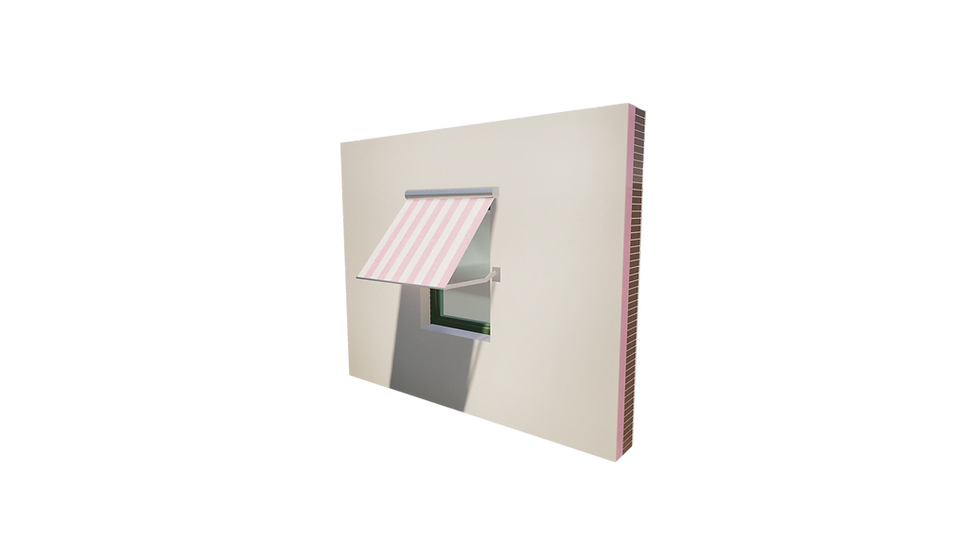


Retrofitting for Heat Resilience
A Dutch case study integrating overheating
mitigation into cost-benefit analysis
Student:
Mentors:
Tamara Lalyko
Simona Bianchi
Alessandra Luna Navarro
More information:
With climate change increasing the frequency and severity of heat waves, overheated buildings pose a critical challenge to health, energy, and sustainability. Despite regulatory progress on reducing energy-related emissions, current renovation practices overlook overheating. This study assesses the long-term benefits of improving resilience by integrating hazard cost into cost-benefit analysis. The financial feasibility is essential to stakeholders in decision-making.
In a case study, renovation alternatives were tested on a housing unit in Rotterdam. The performance was evaluated considering energy efficiency, heat resilience, and carbon footprint. Using the developed framework, the distribution of costs and cost recovery under climate uncertainty were investigated.
The findings show that while passive measures can significantly reduce overheating, their cost recovery is limited. Still, resilience improvements show in financial analysis as preventing operational cost from skyrocketing in the worst-case. Finally, integrating heating with cooling in a cost-benefit analysis can disclose counteracting measures reducing the net-benefit.
